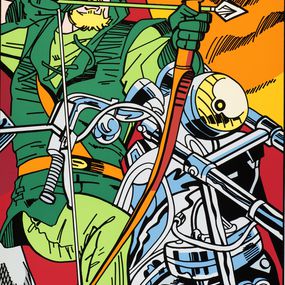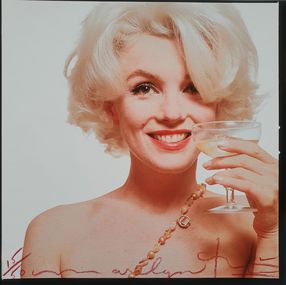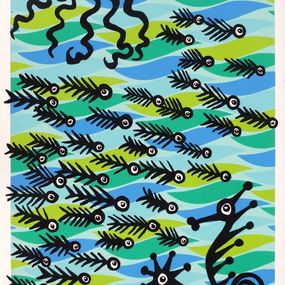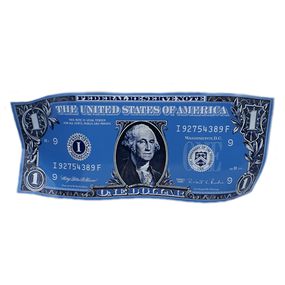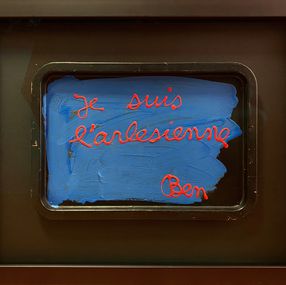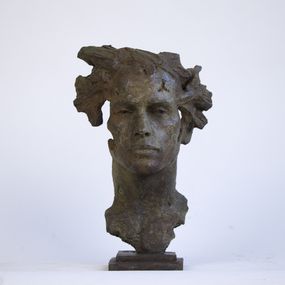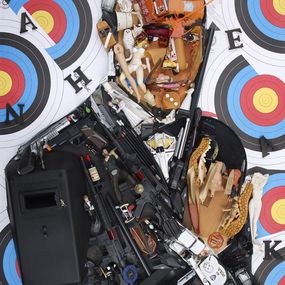
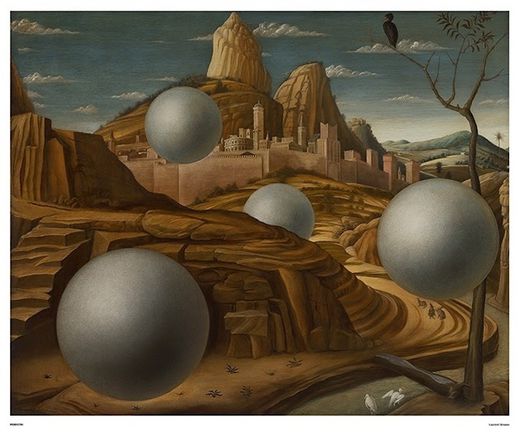
Biography
All observation is a partial way of apprehending reality. The work of Laurent Grasso explores the interstices of this partial observation, that is, the spaces of uncertainty or doubt aroused by any conjecture, whether in the field of science, history, perception or belief, in order to construct parallel realities capable of testing our system of knowledge and our critical capacity. For him, the point is not to test the truth of our suppositions, but to exploit their fractures and tensions, and make them the raw material of his work. Observation, but also control, surveillance, the power or domination of science or belief, as well as the simultaneity or reversibility of time, are among the fields he explores. By extending the relation between the known and the unknown, or contracting the distance between the visible and the unverifiable, Grasso reveals the asymmetry between seeing and being seen.
MARTA GILI : Ten years ago I invited you to present one of your works at the Printemps de Septembre festival in Toulouse, Du soleil dans les yeux. It's a video projection with a soundtrack consisting of very low frequencies, and in which scientific messages regarding the possibility of controlling the human brain by means of imperceptible waves crawl past against the flickering background of a mountain. It provoked real anxiety among visitors. You managed to trigger almost unconscious reflexes, provoked by the invisible and the fear of the unknown. Other works, such as Soyez les bienvenus and the famous cloud of Projection, have had the same effect. Is putting the viewer on the verge of disturbing psychological and physical experiences something important for you?
LAURENT GRASSO : My work has always been positioned at the limits — of reality, of belief, of science. I have explored many different areas of practical application of study, but always with a view to moving, technically, physically or conceptually, towards a kind of limit. This exists in Du soleil dans les yeux, which has a physical impact thanks to the link between the architectural device presenting the film, the film itself and the film's content. In this work, the link is strengthened by the messages we read in the film describing the risks to which viewers seem exposed by the infra-bass frequencies played in the room. I try to create micro-situations that contain the power, the force or the brutality of the ones we are faced with in real life.
M. G. : In your installations, you sometimes create an environment causing a loss of bearings, disequilibrium or confusion. To achieve this, you use architectural devices, and electrical, aural, acoustic and light effects.
L. G. : Yes, right from the outset, I try to produce an experience. Because true experiences are rare.
M. G. : Yes, receiving your work is an experience in which viewers have to position themselves on the other side of the mirror, in a parallel world where appearances are deceptive: a world inhabited by rumour, myth, superstition and science fiction.
L. G. : I want to play on the idea of the real by using deception. One of my first projects was an exhibition in Paris in 1999, Escape, featuring a variety of films — notably a project carried out in Morocco on the strategies used in unauthorized emigration — and, on the other side of the projection space, a hidden parallel space where viewers could find where a bar where alcoholic beverages were sold. A 10-metre-long wall had been built in the Galerie du Forum Saint-Eustache and there was a short passage leading to the other side of the exhibition and, at the end of the corridor, this secret bar. This idea of passing through the image, of acceding to a parallel reality, began in this way. Then I created at the Crédac a soundproofed cabin with a window through which you could see my film Radio Ghost. This film is about the relation between the film industry in China and the belief in ghosts that might appear on shoots or on the film. There, too, the question of a parallel world was materialized by an exhibition set-up in which you could go through to the other side of the film and reach another point of view. I try to reconstitute fragments of reality or create objects using means that are similar to the apparatus that I wish to reconstruct — cinema, architecture, a certain period in the history of painting — but by inserting an almost invisible discrepancy, and with several angles of approach to the object presented. I also want to create lots of different positions for seeing and hearing as the viewer moves around, to put in place a certain form of narration, without exhibiting the references or processes. There still has to be a certain kind of . . .
Nationality
Categories











